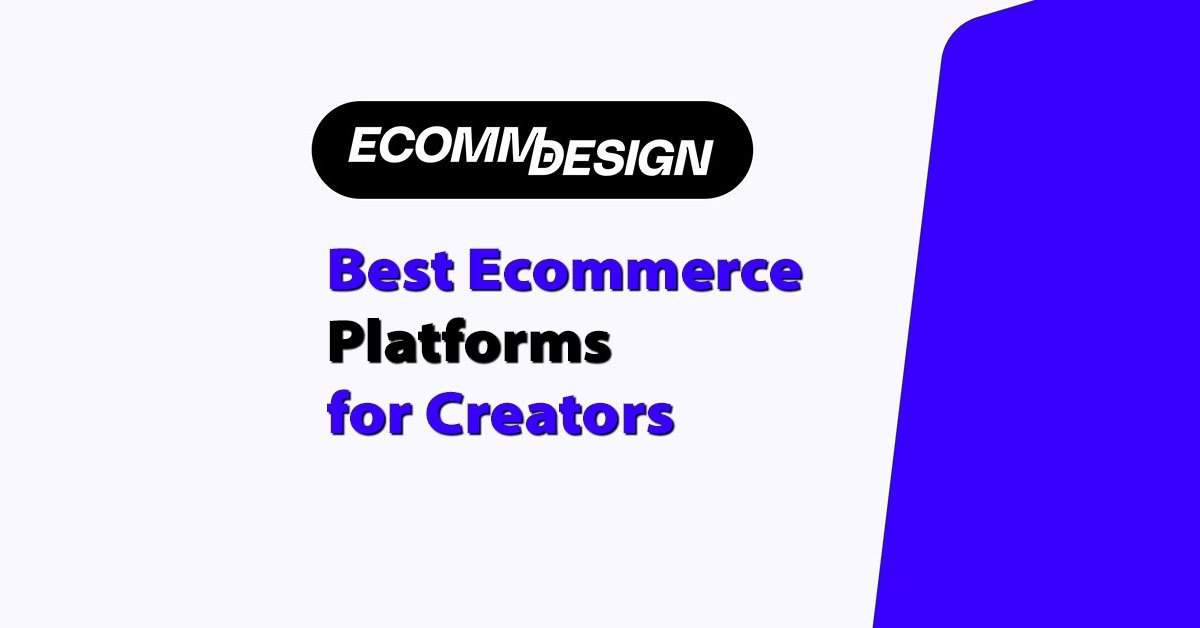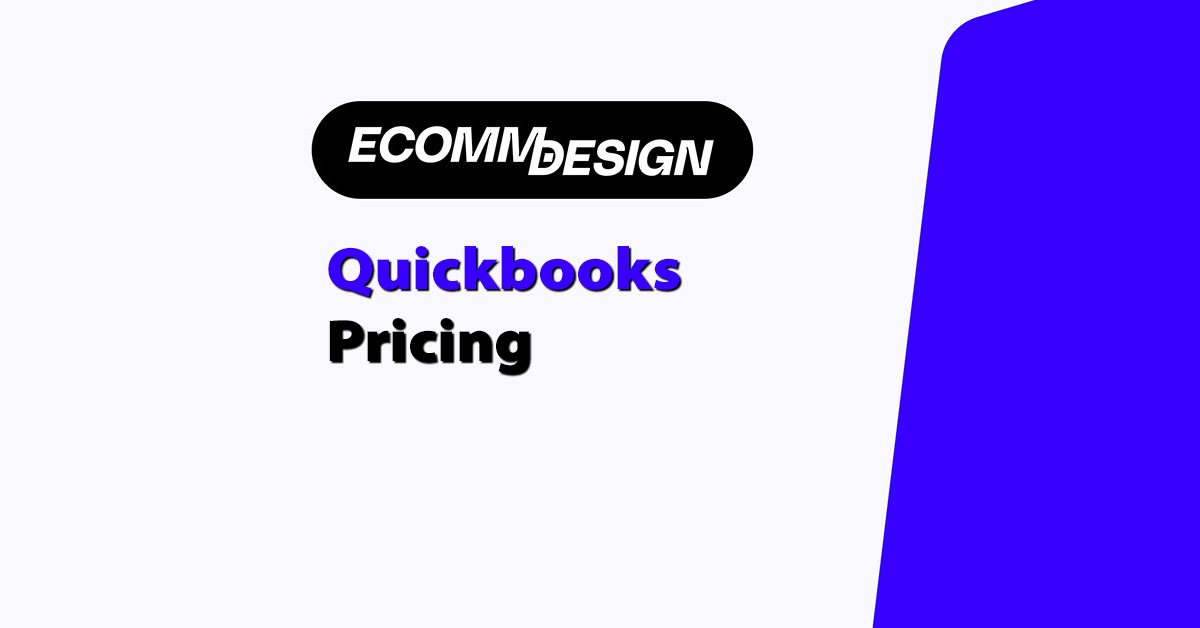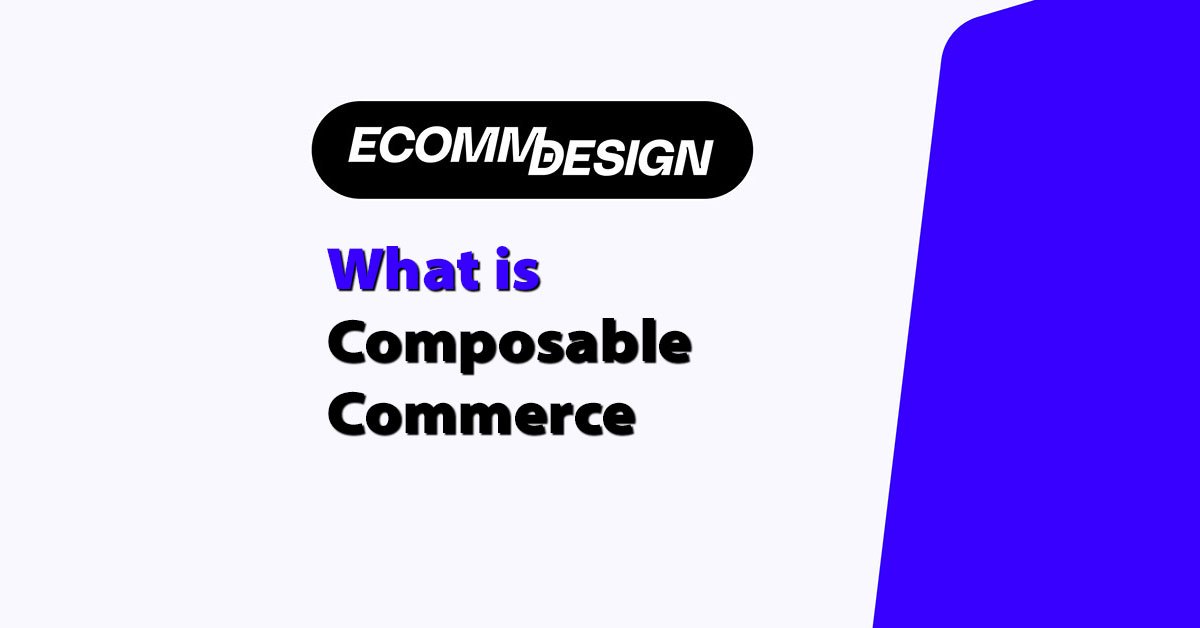
If you run an online store and you’re wondering why your traffic isn’t converting, the problem probably isn’t your marketing — it’s your user experience.
A detailed ecommerce UX audit helps you spot the hidden friction points on your site and fix them, so customers can shop without frustration. In this guide, we’ll walk through what an ecommerce UX audit is, what to look for, how to make your website more user-friendly, and how the world’s biggest stores optimize for better conversions.












